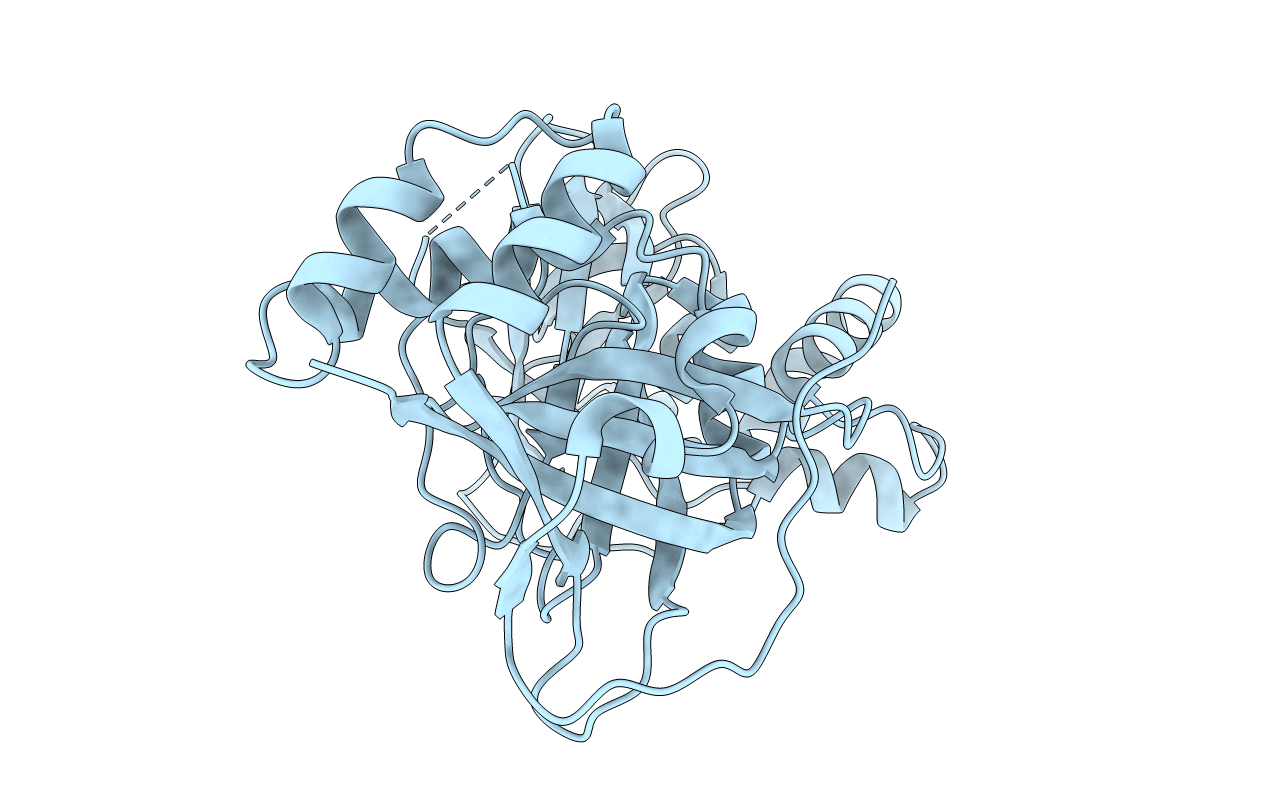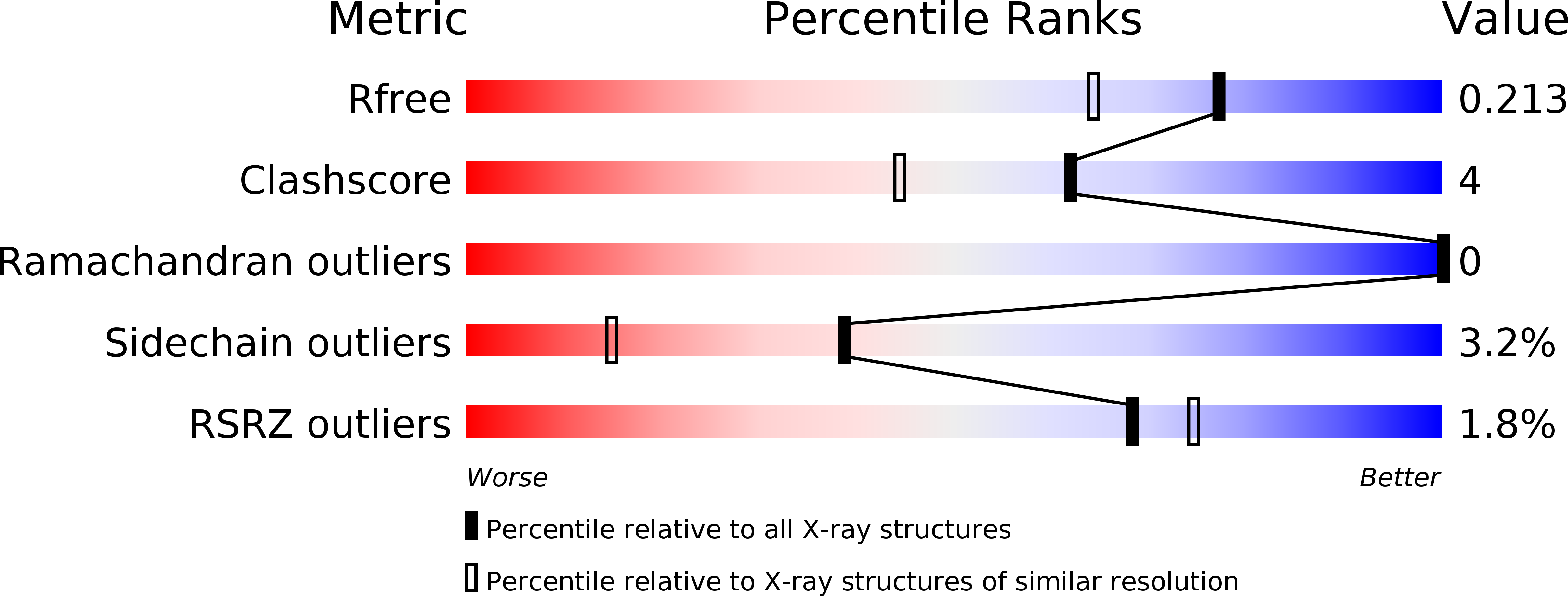
Deposition Date
2019-01-28
Release Date
2019-08-14
Last Version Date
2024-11-20
Entry Detail
Biological Source:
Source Organism:
Burkholderia pseudomallei (Taxon ID: 28450)
Host Organism:
Method Details:
Experimental Method:
Resolution:
1.73 Å
R-Value Free:
0.20
R-Value Work:
0.17
R-Value Observed:
0.17
Space Group:
P 32 2 1


